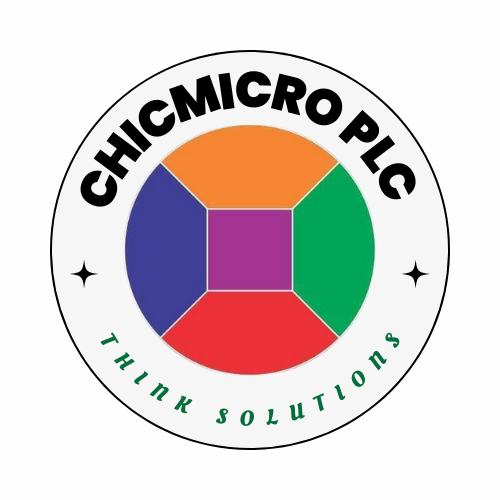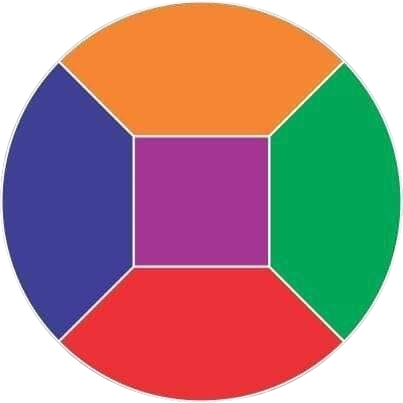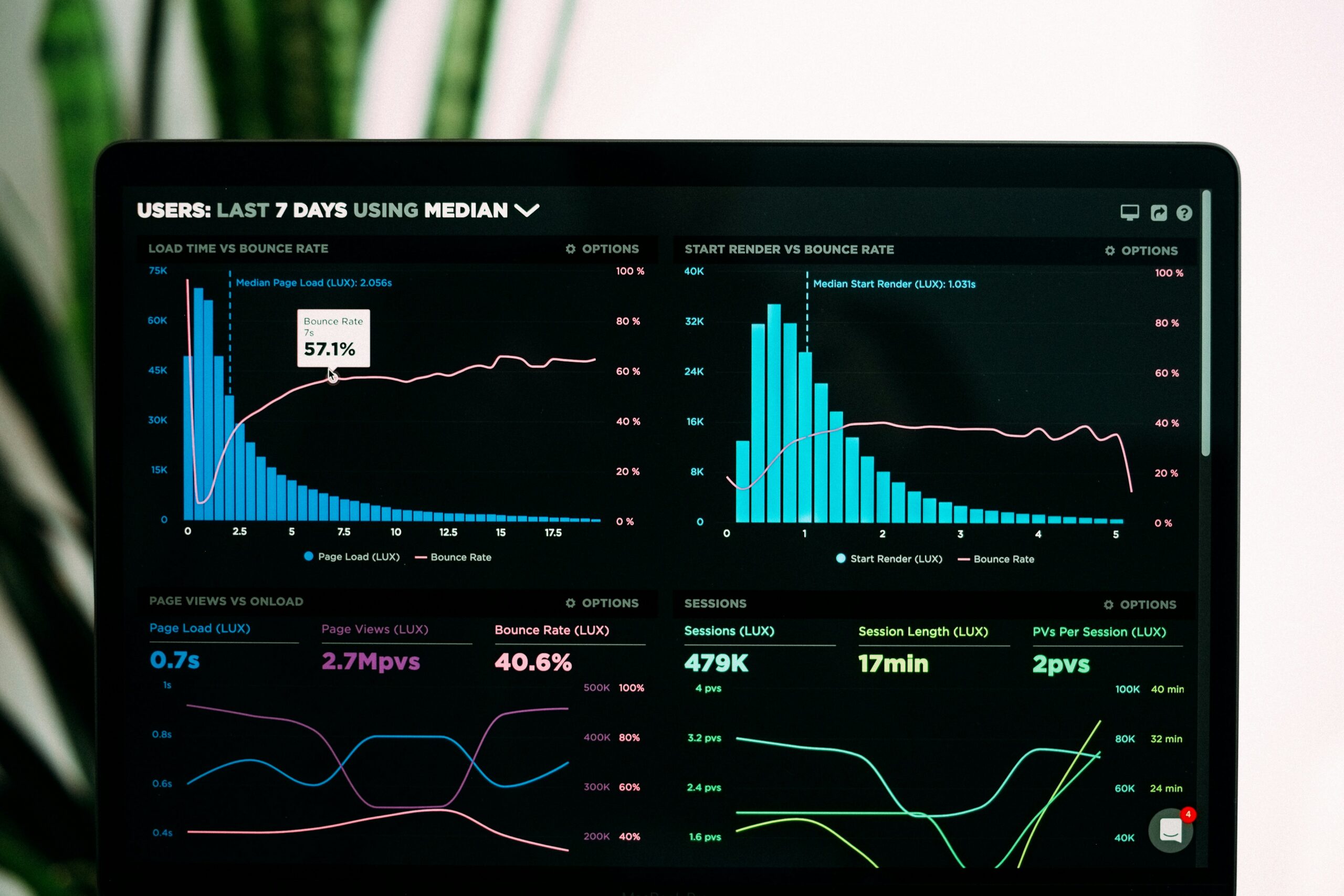
Introduction to Online Selling Trends
The landscape of online selling is constantly evolving, presenting unique opportunities and challenges for entrepreneurs. As we approach 2025, it is essential to understand the trends shaping consumer preferences and the overall direction of e-commerce. Online selling has transcended traditional brick-and-mortar frameworks, enabling businesses to reach a global audience with relative ease. However, with this expansion comes an increasing need to stay informed about market trends and consumer behavior.
As consumers become more discerning, their preferences continually shift, influenced by factors such as technological advancements, societal changes, and economic conditions. Identifying trending products is crucial for businesses aiming to remain competitive in this dynamic marketplace. Consumer demand can quickly change, and the ability to adapt to these fluctuations can determine the success or failure of an online venture.
Moreover, trends highlight not just what products are popular, but also the values and lifestyles that consumers prioritize. For instance, sustainability and ethical sourcing have gained traction, prompting businesses to innovate and adjust their offerings accordingly. By keeping a pulse on emerging trends, entrepreneurs can tailor their product lines to meet customer expectations, thereby enhancing customer loyalty and sales potential.
Another vital aspect of online selling trends is staying up-to-date with technological developments, such as the rise of mobile shopping and social commerce. These advancements shape how consumers discover and purchase products, making it imperative for businesses to integrate their strategies with these platforms. Ultimately, understanding online selling trends and adapting to consumer needs will empower entrepreneurs to capitalize on opportunities while mitigating potential risks in the fast-paced world of e-commerce.
The Rise of Eco-Friendly Products
The increasing demand for eco-friendly products has become a notable trend in the retail market, reflecting a significant shift in consumer behavior towards sustainability. As individuals become more aware of the environmental impact of their purchases, they are increasingly seeking out products that align with their ecological values. This growing preference for sustainable alternatives is fueled by heightened awareness of climate change, pollution, and the depletion of natural resources. Consequently, more brands and retailers are responding by offering eco-friendly products that minimize harm to the planet.
Among the most popular eco-friendly products gaining traction in 2025 are biodegradable packaging solutions, reusable household items, and sustainable fashion. Biodegradable packaging is especially crucial, as traditional plastic waste continues to pose a major threat to ecosystems. Companies are now developing innovative alternatives made from natural materials that decompose more efficiently, helping to alleviate the burden on landfills.
Furthermore, the trend extends to reusable household products, such as stainless steel straws, silicone food storage bags, and beeswax wraps. These items not only reduce waste but also contribute to a lifestyle that prioritizes sustainability over disposability. In addition, the sustainable fashion movement is gaining momentum, with consumers seeking clothing made from organic, recycled, or ethically sourced materials. This shift speaks to a broader desire for transparency in the manufacturing process, with many consumers eager to understand how their garments are produced.
The demand for eco-friendly products is driven by various factors, including the rise of ethical consumerism and a collective push towards reducing carbon footprints. As more individuals take stock of their environmental impact, the market for sustainable options is expected to thrive, presenting opportunities for entrepreneurs to cater to conscious consumers. The cross-pollination of ethical values and purchasing decisions illustrates a remarkable trend that’s likely to define retail in the years ahead.
Smart Home Gadgets: The Future of Living
The rise of smart home gadgets marks a significant shift in how consumers approach their living environments. The growing popularity of smart home technology has led to the development of a plethora of innovative devices designed to enhance convenience, security, and overall quality of life. One of the most recognized examples includes smart speakers, which serve as a central hub for controlling various functions within the home. These devices not only allow users to play music and send commands but also to manage other smart gadgets seamlessly.
Home automation systems have taken the concept of smart living a step further by enabling users to program and control their home environments. Through interconnected devices, homeowners can manage lighting, heating, and appliances via smartphone applications or voice commands. The convenience of adjusting your home’s ambiance, regardless of your location, has proven to be a major selling point for these products. This technology also plays a crucial role in energy-saving initiatives, allowing for optimized energy consumption and reducing environmental impact.
Moreover, security has become a paramount concern for many consumers, and smart home gadgets address this need effectively. With security cameras, doorbell cameras, and smart locks, users can monitor their properties in real-time and receive alerts on potential threats. This heightened sense of security contributes to peace of mind, especially for busy individuals or those frequently away from home. As more people recognize the advantages of integrating smart technology into their lives, the demand for innovative gadgets continues to grow.
In this rapidly evolving market, companies are consistently innovating to create solutions that cater to contemporary needs. The trend towards a more automated, secure, and energy-efficient lifestyle not only revolutionizes daily routines but also illustrates the significant role that smart home gadgets play in the future of living.
Health and Wellness Products: A Lasting Trend
The health and wellness market has experienced unprecedented growth over recent years, becoming a significant sector within the broader retail landscape. This surge is driven by a growing awareness among consumers regarding the importance of physical and mental well-being. As people increasingly prioritize their health, it is evident that health and wellness products will continue to trend in 2025 and beyond.
Fitness equipment, such as resistance bands, yoga mats, and compact home gym systems, has seen a remarkable surge in popularity. The convenience of working out at home, combined with the ongoing trend of fitness influencers promoting active lifestyles, has resulted in consumers investing in quality fitness gear. Products tailored to enhance workout experiences not only foster physical fitness but also support mental well-being through exercise, illustrating the connection between physical health and psychological wellness.
Moreover, dietary supplements are experiencing heightened demand. Products like vitamins, protein powders, and herbal supplements are sought after by consumers looking to boost their nutritional intake and achieve specific health goals. The rise of personalized nutrition, where individuals tailor their supplements to meet unique health requirements, reflects a significant shift in consumer behavior. This trend is expected to continue as more individuals seek customized solutions for their health needs.
Further advancements in wellness gadgets, including smartwatches and fitness trackers, have transformed how individuals monitor their health. These devices help users track their physical activity, sleep patterns, and even stress levels, encouraging a more proactive approach to health management. As technological innovations continue to evolve, the integration of health and wellness products into everyday life becomes increasingly seamless.
In conclusion, the health and wellness product sector showcases a dynamic landscape driven by consumer awareness and advancements in technology. By recognizing the growing importance of physical fitness, dietary support, and health monitoring, businesses can thrive within this booming market in 2025.
Personalized and Customizable Products
The demand for personalized and customizable products has surged in recent years, reflecting a significant shift in consumer preferences. In an era where individuality is highly valued, shoppers increasingly seek items that can be tailored to their unique tastes and preferences. This trend is particularly evident in categories such as clothing, accessories, and home decor, where customization enhances the emotional connection between the product and the consumer.
Offering personalized options allows brands to create distinctive selling propositions, fostering a sense of ownership and attachment to the purchase. Consumers appreciate the opportunity to add their touch, be it through custom engravings, monograms, or by selecting colors and patterns. This level of personalization not only enhances the customer experience but also contributes to increased satisfaction and brand loyalty. Successful brands such as Etsy and Shutterfly have capitalized on this trend, providing platforms where artisans and consumers can engage in the creation of bespoke products.
The growth of technology has also enabled businesses to streamline the customization process. Innovations in online design tools have made it easier for consumers to visualize their unique designs, leading to a boost in sales. For instance, print-on-demand services allow businesses to produce custom items without holding inventory, further reducing overhead costs whilst facilitating consumer preference for personalized merchandise.
Furthermore, social media platforms play a pivotal role in promoting personalized products. Visually-driven content helps foster a community around custom items, where customers share their experiences and showcase their personalized purchases. This organic promotion serves to inspire others to consider similar products, amplifying demand across various segments. In conclusion, as the trend of personalized and customizable products continues to evolve, businesses that prioritize these offerings stand to gain a competitive advantage in the marketplace.
Tech Accessories that Elevate User Experience
The rapid advancement of technology necessitates the evolution of tech accessories that significantly enhance user experience. As we transition into 2025, several popular products are designed to improve functionality, convenience, and overall user satisfaction. Tech accessories such as phone cases, laptop stands, and innovative charging devices are at the forefront of this evolution.
Phone cases are no longer just protective covers; they have become multifunctional tools that cater to various user needs. Many modern cases now incorporate features like magnetic mounts, built-in cardholders, and even battery packs, providing users with enhanced utility without compromising on style. These advancements cater to the rising demand for practical solutions in everyday scenarios, allowing users to customize phone functionality while ensuring protection against damage.
Laptop stands also play a vital role in improving ergonomics and comfort. Increasingly sophisticated designs allow for adjustable heights and angles, promoting better posture and reducing discomfort during extended use. As remote work becomes more prevalent, the necessity for ergonomic setups has gained prominence. Users are now seeking versatile stands that can be adjusted quickly and conveniently, ultimately contributing to improved productivity.
Additionally, charging devices have evolved significantly, catering to the needs of multiple gadgets. The popularity of fast chargers, wireless pads, and multi-device stations reflect the current demand for efficiency and the desire for a clutter-free workspace. With the growing variety of devices that require charging, having adaptable accessories can simplify the process and enhance the user experience.
In summary, the evolution of tech accessories is crucial in enhancing how we interact with our devices. As products like phone cases, laptop stands, and advanced charging devices become more integral to our daily lives, they will continue to play a significant role in elevating user functionality and experience in the digital age of 2025.
Pet Products: Catering to Pet Lovers
The pet product market continues to experience remarkable growth, driven by a shift in consumer behavior and the phenomenon of pet humanization. This trend signifies that pets are increasingly viewed as family members, prompting owners to invest more in products that enhance their pets’ well-being and overall lifestyle. As a result, spending on high-quality pet products is surging, making it a lucrative area for online sellers.
Emerging trends in pet care reflect the evolving needs and preferences of pet owners. One significant trend is the demand for premium pet food options, including organic, grain-free, and specialized dietary products, catering to pets with specific health requirements. Additionally, the rise of sustainable and eco-friendly pet products has transformed the market, with consumers gravitating toward items that reflect their values of environmental responsibility. Brands that prioritize sustainability in their offerings, such as biodegradable toys or recyclable packaging, are likely to gain traction among conscientious pet owners.
Moreover, the accessories segment is witnessing an evolution, with innovative and stylish products gaining popularity. Items such as designer collars, plush pet beds, and high-tech pet gadgets are becoming essential purchases for pet enthusiasts. Technological advancements have led to the development of smart pet devices, such as GPS-enabled collars and automatic feeders, which not only provide convenience but also enhance pet safety and care.
The pet industry is also seeing a rise in customizable products, such as personalized pet tags and bespoke clothing. These options cater to the desire for unique and individualistic pet care items. As more consumers embrace the notion of treating their pets to luxury experiences, the market for premium pet products will continue to expand, creating ample opportunities for online retailers. By tapping into these trends, sellers can effectively position themselves in this thriving market and cater to the growing demographic of pet lovers in 2025.
Fashion and Apparel Trends for 2025
The fashion industry is poised for a transformative year in 2025, with several trends anticipated to reshape the apparel market. As consumer preferences evolve, brands are increasingly emphasizing sustainability, creativity, and inclusivity in their product offerings. One prevailing trend is the rise of sustainable fashion, which encourages eco-friendly materials and ethical production processes. Shoppers are becoming more informed and concerned about the environmental impact of their purchases. As a result, brands are likely to integrate recycled fabrics, biodegradable products, and sustainable supply chains, appealing to a customer base that prioritizes the planet. This shift not only promotes environmental consciousness but also creates a competitive advantage for forward-thinking companies.
Additionally, digital platforms and social media have become central to fashion trends. With the growing influence of platforms like TikTok and Instagram, styles are rapidly disseminated and adopted by consumers worldwide. Influencers and micro-influencers play a pivotal role in shaping trends as they showcase outfits and collaborate with brands, making them key players in the fashion marketing ecosystem. In 2025, brands will continue to leverage social media not only for marketing but also for immediate customer feedback and trend adaptation, allowing them to stay ahead in an ever-changing landscape.
Moreover, the concept of personalization is set to gain momentum in the fashion sector. Customization options, including tailored fits and personalized prints, will be increasingly available, allowing consumers to express their individuality. This movement toward individuality also aligns with inclusivity, as brands expand their sizes and styles to cater to diverse body types and preferences. As inclusivity becomes a cornerstone of modern fashion, consumers are more likely to support brands that reflect their values. Collectively, these trends point to a dynamic fashion landscape in 2025 that embraces sustainability, digital engagement, and personalization, ultimately reshaping how consumers perceive and purchase apparel.
Conclusion: Staying Ahead in the Online Marketplace
In today’s rapidly evolving digital landscape, recognizing trending products is crucial for anyone looking to achieve success in online selling. As we approach 2025, the importance of staying informed about market trends cannot be overstated. Consumer preferences change frequently, making it essential for entrepreneurs to adapt their strategies accordingly. By actively monitoring emerging trends, sellers can enhance their product offerings and ensure they meet the evolving needs of their target audience.
To thrive in the competitive marketplace, sellers should prioritize continuous research into industry developments and consumer behavior. Utilizing tools such as data analytics, social media platforms, and market reports can provide valuable insights into what products are gaining traction. Additionally, engaging with customers through feedback and surveys can inform sellers about current demands and expectations. This proactive approach can significantly increase the likelihood of identifying products that resonate with consumers and drive sales.
Moreover, understanding the trends in consumer purchasing behavior, such as sustainability and digital convenience, can also shape product selection. Products that align with these contemporary values stand a greater chance of success. As such, adaptability and awareness of trends will position sellers favorably within the marketplace. It is also vital for online businesses to remain agile, allowing them to pivot as trends evolve, thereby maintaining relevance and competitiveness.
In conclusion, the ability to recognize and respond to trending products is fundamental for success in online selling. By dedicating time and resources to research and by being flexible in their strategies, sellers can navigate the complexities of the digital marketplace. Adapting to changes and anticipating consumer needs will ultimately lead to a thriving online business in 2025 and beyond.



